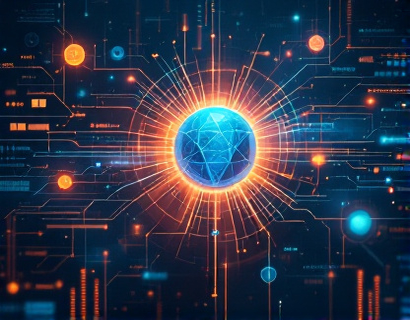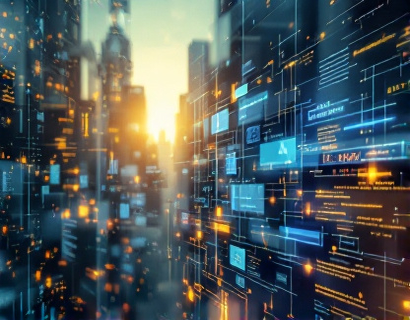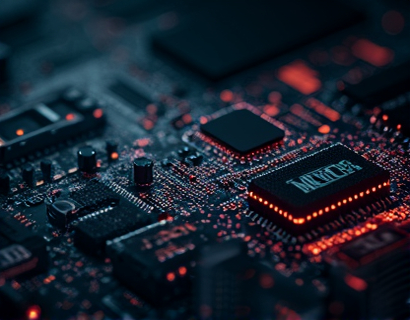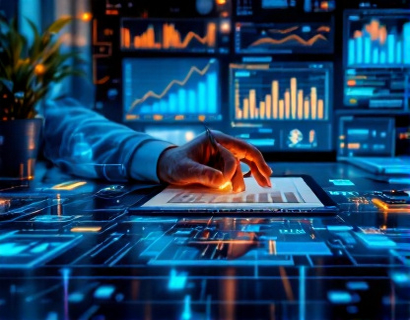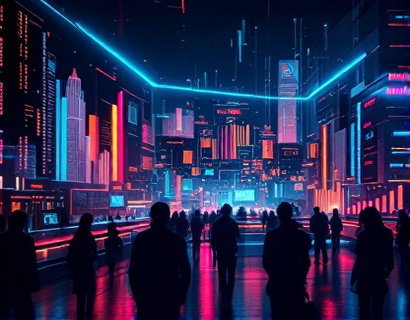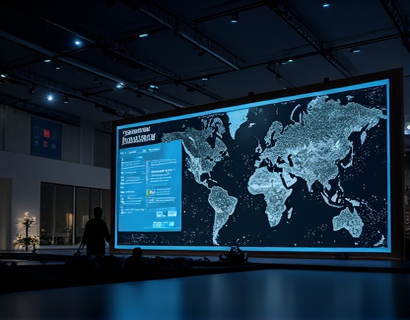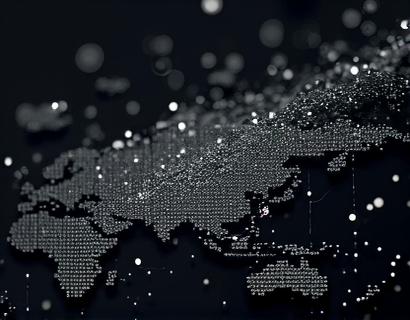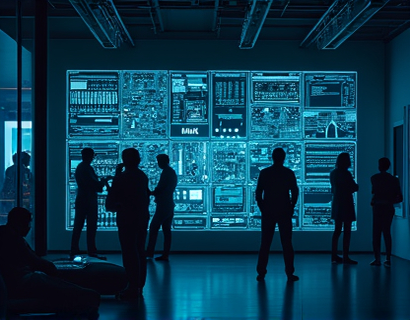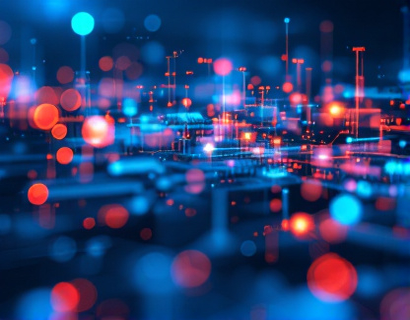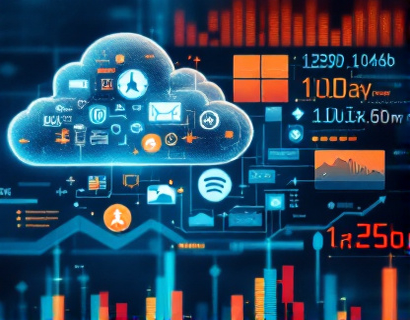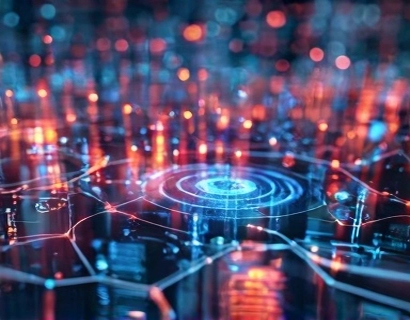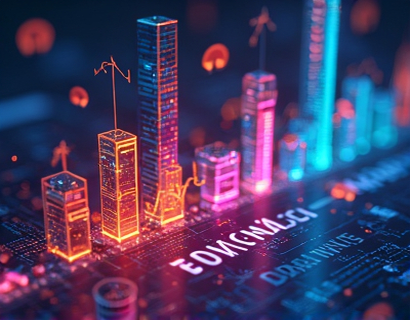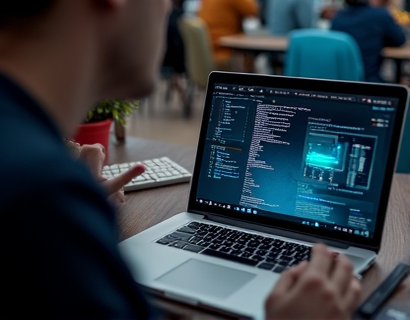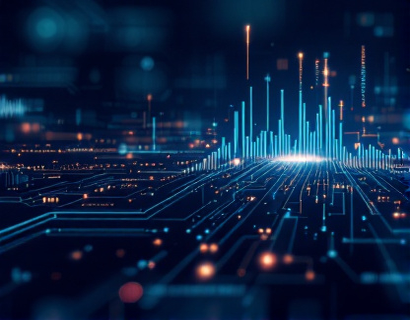Decentralized Productivity Enhanced: Integrating AI and Crypto for Next-Gen App Solutions
The intersection of cryptocurrency and artificial intelligence (AI) is giving rise to a new era of decentralized applications that promise to revolutionize productivity and user experience. This article delves into the transformative impact of merging these two cutting-edge technologies to create the next generation of app ecosystems. For tech enthusiasts, AI aficionados, early adopters of digital solutions, and professionals seeking innovative tools, understanding this convergence is crucial. We will explore how decentralized platforms leveraging AI and crypto are streamlining tasks, enhancing efficiency, and redefining the digital landscape.
The traditional centralized model of software development and application deployment has several inherent limitations. Centralized systems rely on a single entity to manage and control the infrastructure, data, and functionalities, which can lead to bottlenecks, security vulnerabilities, and limited scalability. In contrast, decentralized applications (dApps) distribute these functions across a network of nodes, ensuring greater resilience, transparency, and user control. By integrating AI into this decentralized framework, we can unlock new levels of automation, personalization, and intelligence.
One of the key benefits of decentralized app ecosystems is enhanced security. Traditional centralized systems are prime targets for cyberattacks due to their single point of failure. Decentralized systems, on the other hand, distribute data and processing across multiple nodes, making it significantly harder for attackers to compromise the entire system. This distributed nature, combined with blockchain technology, ensures that transactions and data are immutable and tamper-proof. For users, this means a higher level of trust and security when using productivity tools and applications.
AI plays a pivotal role in enhancing the functionality and user experience of decentralized applications. Machine learning algorithms can analyze vast amounts of data to provide insights, automate routine tasks, and offer personalized recommendations. In a decentralized context, AI can be deployed on the blockchain or on user devices, ensuring that data remains private and control remains with the user. This synergy between AI and decentralization leads to more intelligent, responsive, and user-centric applications.
Let's consider a practical example to illustrate this integration. Imagine a decentralized project management tool that uses AI to optimize task allocation and workflow. Users can input project details and deadlines, and the AI algorithm analyzes historical data and current team performance to suggest the most efficient task distribution. This process is entirely transparent, with all decisions and data stored on the blockchain, ensuring accountability and traceability. The AI can also adapt in real-time to changes, such as team member availability or unexpected delays, adjusting the plan dynamically to maintain productivity.
Another area where AI and decentralization converge is in the realm of content creation and curation. Decentralized platforms can leverage AI to generate, edit, and optimize content, while ensuring that the ownership and rights of creators are preserved. For instance, an AI-powered writing assistant can help users draft articles, suggest improvements, and even translate content into multiple languages. These tools can operate on a decentralized network, allowing creators to maintain control over their work while benefiting from advanced AI capabilities.
The integration of AI and decentralization also addresses the issue of data privacy. In centralized systems, user data is often collected and stored by the service provider, raising concerns about privacy and data misuse. Decentralized applications can use AI to process and analyze data locally on the user's device, sending only anonymized or aggregated data to the network. This approach, known as federated learning, ensures that sensitive information remains private while still enabling the AI to learn and improve from a diverse set of data points.
Scalability is another critical factor in the success of decentralized app ecosystems. Traditional centralized systems struggle to scale beyond a certain point due to the limitations of server capacity and network bandwidth. Decentralized systems, by distributing load across a network of nodes, can handle a much larger number of users and transactions. AI can further enhance scalability by optimizing resource allocation and network traffic, ensuring that the system remains efficient and responsive even as it grows.
To build robust decentralized applications, developers need tools and platforms that simplify the development and deployment process. One such platform is Ethereum, which provides a blockchain infrastructure for smart contracts and dApps. Smart contracts, self-executing contracts with the terms directly written into code, can automate complex workflows and ensure that all parties adhere to agreed-upon rules. AI can be integrated into these smart contracts to add intelligent decision-making capabilities, making the applications more dynamic and adaptive.
Beyond Ethereum, other blockchain platforms like Polkadot and Solana are emerging to support the growth of decentralized applications. These platforms offer higher transaction throughput and lower costs, making them more suitable for AI-driven dApps that require frequent and data-intensive operations. The interoperability features of these platforms also enable seamless integration of different dApps and services, creating a more cohesive and user-friendly ecosystem.
For users, the benefits of decentralized AI-enhanced applications are manifold. Enhanced security and privacy mean that personal and professional data is better protected. The transparency of blockchain ensures that all transactions and processes are visible and verifiable, building trust among users. AI-driven automation and personalization make applications more intuitive and efficient, saving time and effort. Additionally, the decentralized nature of these applications means that users are not tied to a single service provider, fostering a more open and competitive digital environment.
However, the adoption of decentralized AI applications is not without challenges. One of the primary hurdles is the technical complexity involved in developing and maintaining these systems. Developers need a solid understanding of both blockchain technology and AI to create effective dApps. To bridge this gap, educational resources and community support are essential. Platforms like Uthex, which focus on educating users about the latest advancements in decentralized and AI-driven technologies, play a crucial role in democratizing access to these tools.
Another challenge is the user experience. Decentralized applications often require users to interact with wallets, understand blockchain concepts, and manage their digital assets. To make these applications accessible to a broader audience, user-friendly interfaces and intuitive onboarding processes are necessary. AI can assist in this area by providing guided tutorials, real-time support, and personalized user experiences that simplify the interaction with complex decentralized systems.
Looking ahead, the future of decentralized app ecosystems is promising. As more developers and organizations recognize the potential of AI and blockchain, we can expect a surge in innovative solutions. The convergence of these technologies will likely lead to the creation of more sophisticated and versatile applications, further enhancing productivity and user experience. From decentralized finance (DeFi) platforms to AI-powered decentralized marketplaces, the possibilities are vast and exciting.
In conclusion, the integration of AI and cryptocurrency is paving the way for a new generation of decentralized applications that offer unparalleled security, transparency, and intelligence. For tech enthusiasts and professionals, embracing this evolution is key to staying ahead in the digital landscape. By leveraging the strengths of both AI and decentralization, we can build more resilient, efficient, and user-centric applications that transform the way we work and interact with technology.





